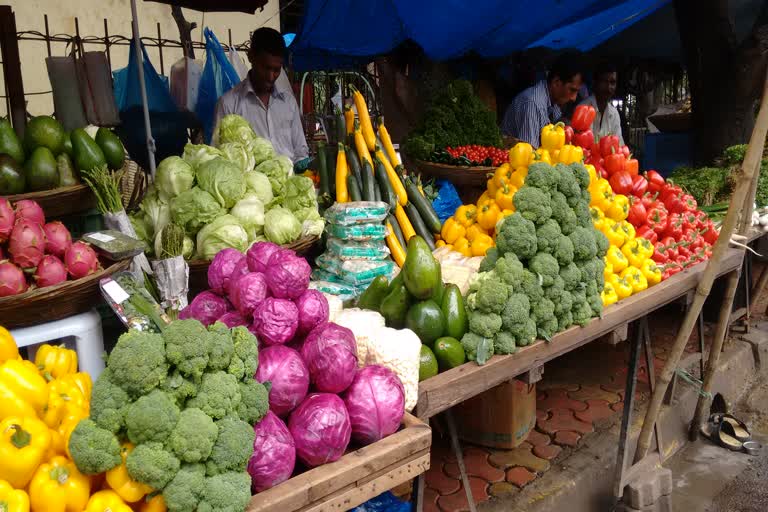New Delhi: Pushed by rising prices of essential kitchen items, the retail inflation rose to an eight-month high of 7.34 per cent in September, making the RBI's task to push growth by reducing the interest rate even more difficult in coming the days.
The Consumer Price Index (CPI)-based inflation was 6.69 per cent in August and 3.99 per cent in September 2019.
Inflation has been hovering above 4 per cent since October 2019. The previous high in the CPI was witnessed at 7.59 per cent in January 2020.
According to the data released by the National Statistical Office (NSO), the Consumer Food Price Index (CFPI) crossed the double-digit mark and was 10.68 per cent in September. It was 9.05 per cent in the previous month.
The inflation in the vegetable segment was 20.73 per cent in September, significantly up from 11.41 per cent in the preceding month. Similarly, the rate of price rise in the fruits was high over August.
Data showed that the rate of price rise in the protein-rich eggs was 15.47 per cent in September compared to 10.11 per cent in August.
Icra economist Aditi Nayar said the CPI inflation hardened beyond expectations in September.
"Even though the high food inflation will eventually prove to be transient, with the favourable base effect and Kharif arrivals to soon initiate a downward trajectory, the average inflation figures for FY2021 as well as H2 FY2021 are likely to be uncomfortably high," she said.
The retail inflation was also high month-on-month in 'meat and fish', and 'pulses and products'. However, it was lower in 'cereals and products' and 'milk and products'.
Read more: Market Roundup: Sensex pares early gains, ends modestly higher
The government data further showed that the CPI-based price rise was lower in the 'fuel and light' segment at 2.87 per cent during September over 3.10 per cent in the preceding month.
Nayar said amidst the unpalatable headline and food inflation figures, the relatively stable core inflation over the last three months offers some relief, keeping the hopes of a February 2021 rate cut alive.
The government has tasked the Reserve Bank of India to keep the retail inflation at 4 per cent, with a margin of 2 per cent on either side.
Last week, while announcing the monetary policy, RBI Governor Shaktianta Das had said the retail inflation is expected to remain close to the targeted level by the last quarter of the current fiscal year.
Suman Chowdhury, Chief Analytical Officer, Acuite Ratings & Research, said inflation print has come contrary to market expectations that unlocking of the economy and easing of supply constraints, food prices will moderate over next few months.
"Clearly, the supply constraints continue to exist despite a favourable monsoon and good agricultural production...Our concerns on the threat of stagflation appear to be getting stronger and while the RBI has communicated its decision on continuing with an accommodative environment well into next fiscal, such increasing levels of inflation will clearly be a concern for policymakers," Chowdhury said.
Investment consulting firm Millwood Kane International Founder & CEO Nish Bhatt said the rise in inflation will affect the Reserve Bank of India's ability to act on rates, as it would like to see it dropping below the 6 per cent mark on a durable basis before taking a decision.
The price data for calculating retail inflation are collected from representative and selected 1,114 urban markets and 1,181 villages in the country through personal visits by the field staff of Field Operations Division of NSO, MoSPI on a weekly roster.
(PTI Report)



